The Two Sources of Indian Asceticism
Extraits

Non classé
The Two Sources of Indian Asceticism
07/1993

Histoire internationale
After The Last Ship
04/2014

Sociologie
Borders and Ecotones in the Indian Ocean. Cultural and Literary Perspectives, Textes en français et anglais
11/2020
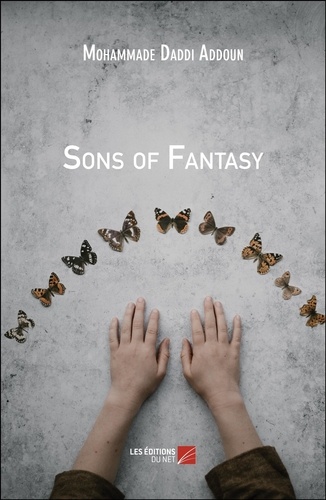
Littérature française
Sons of Fantasy
08/2018

Non classé
The Church of North India
04/1994

Policiers
Goebius' Strange Model
01/2020

Non classé
Living in Two Worlds
05/1994
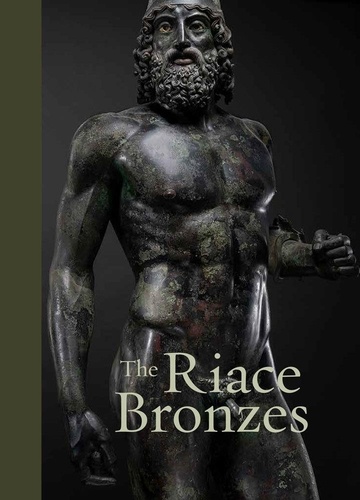
Sculpture
The Riace Bronzes
10/2022

Histoire et Philosophiesophie
Thinking about Physics
01/2000

Monographies
Burmese Silver from the Colonial Period
09/2022
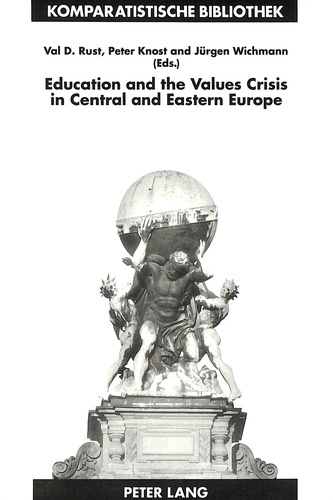
Non classé
Education and the Values Crisis in Central and Eastern Europe
05/1994
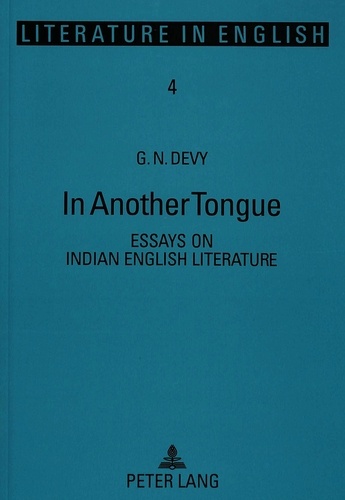
Non classé
In Another Tongue
06/1993

Lecture 6-9 ans
L'énigme du sabre. Edition bilingue français-anglais
06/2018

Non classé
German-Irish Corporate Relationships
02/2004

Economie
Sources and Dynamics of Macroeconomic Fluctuations in Switzerland: Evidence from a Structural Vector Autoregressive Approach
11/1999
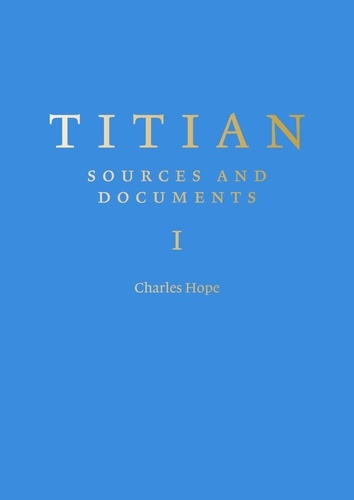
Monographies
Titian : Sources and Documents
04/2023

Livres 0-3 ans
YAOUNDÉ BABA SCARED?....ME?....NO WAY!
10/2017

Droit
Activation Policies for the Unemployed, the Right to Work and the Duty to Work
06/1987

Histoire internationale
Dealing with the Devil
03/2010

Dessin
Dogs. Authentic and fictitious graphic inventory
09/2023

Lectures graduées
Death of a Salesman
08/2021

Non classé
Widows in Anglo-Saxon and Medieval Britain
10/2008
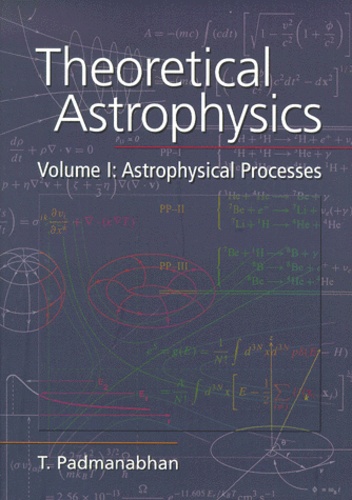
Sciences de la terre et de la
Theoretical Astrophysics. Volume 1, Astrophysical Processes
01/2000

Anglais apprentissage
Acacia thorn in my heart
09/2001

Informatique
Flash .Net. Dynamic content for designers with Flash remoting MX and ASP.NET
11/2002
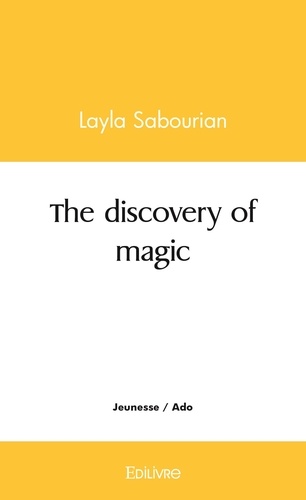
Livres 0-3 ans
The discovery of magic
09/2021
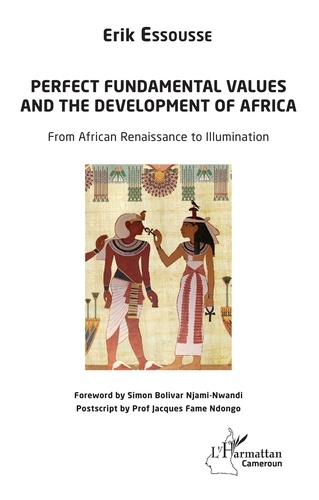
Histoire internationale
Perfect fundamental values and the development of Africa. From African Renaissance to Illumination
02/2020

Non classé
Métissage in New France and Canada 1508 to 1886
08/2009

Histoire internationale
Violence and Atonement
04/1994
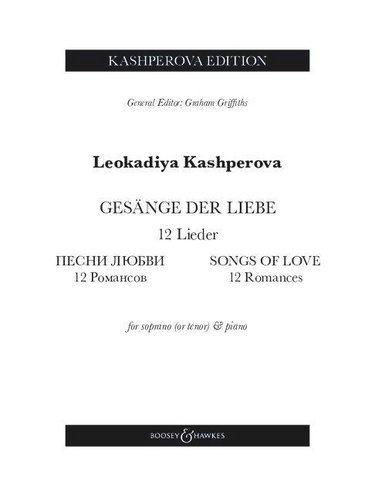
Musique classique
Songs of Love. 12 Romances. 12 Lieder. Soprano (tenor) and piano.
12/2023
